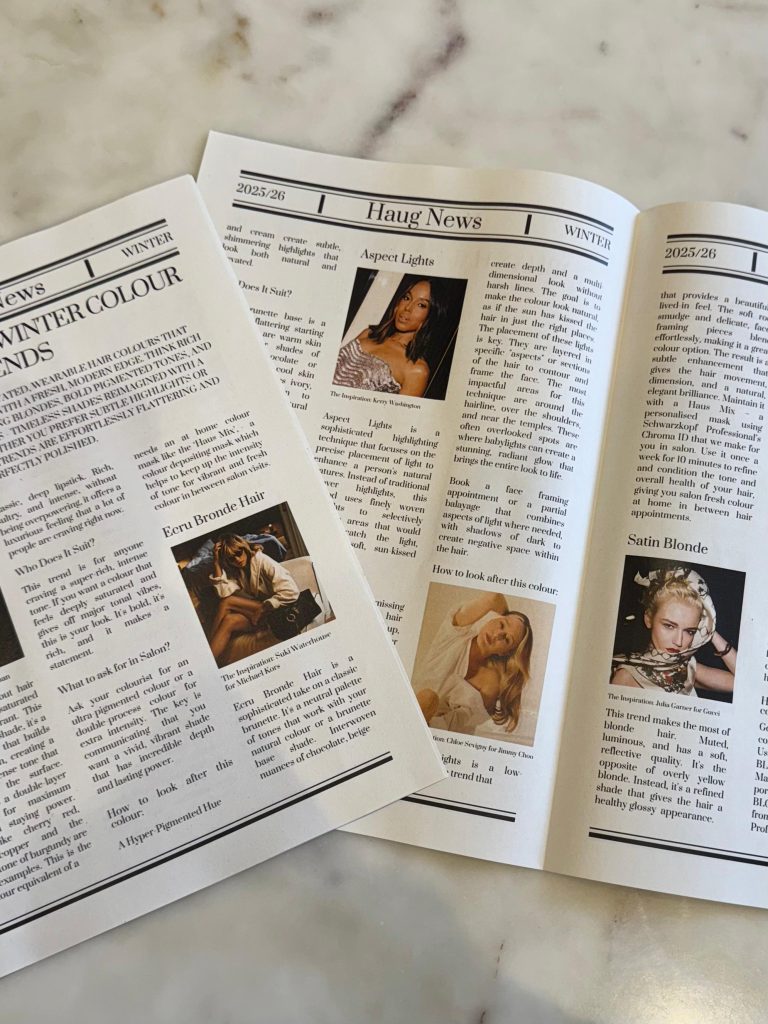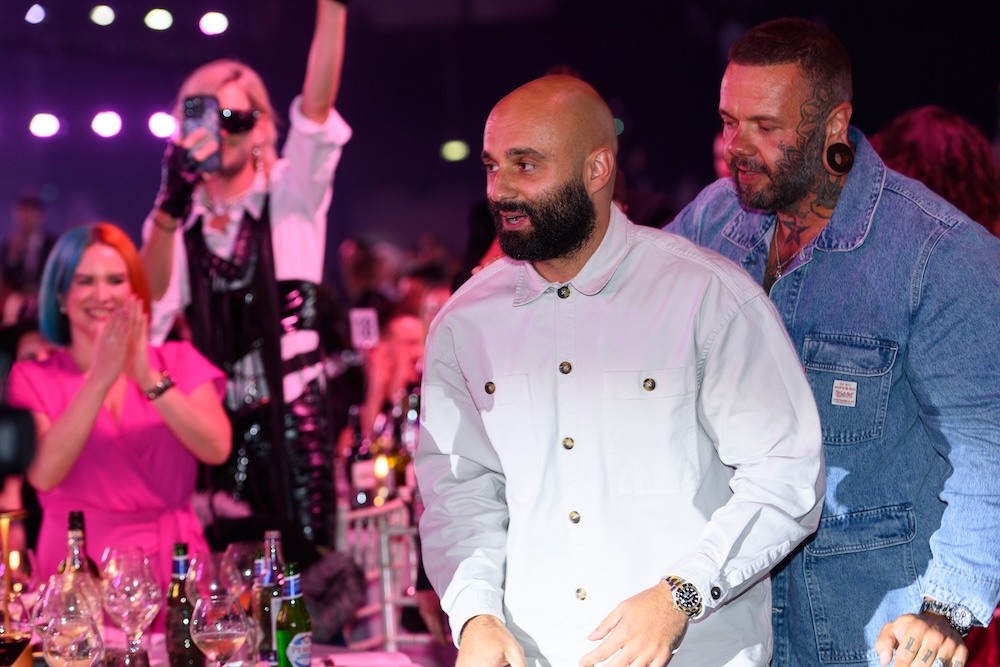
National Beauty Unveils Robotic Warehouse
National Beauty Unveils Robotic Warehouse
Move is a first for the hair and beauty industry in Ireland
by AMANDA | INFORM

National Beauty Distribution has unveiled Ireland’s first AutoStore robotic warehouse for the hair and beauty industry following a €2.5m investment.
Installed at the company’s Cork-based headquarters, the state-of-the-art system means increased accuracy and speedier order processing, among other benefits.
“AutoStore doesn’t just speed up our processes, it transforms the way we operate and how we serve our customers,” said Kieran Walsh, founder and chief executive of National Beauty Distribution.
“This system is not just about technology – it’s about delivering a better experience for every salon, clinic and retailer we serve.”




























































